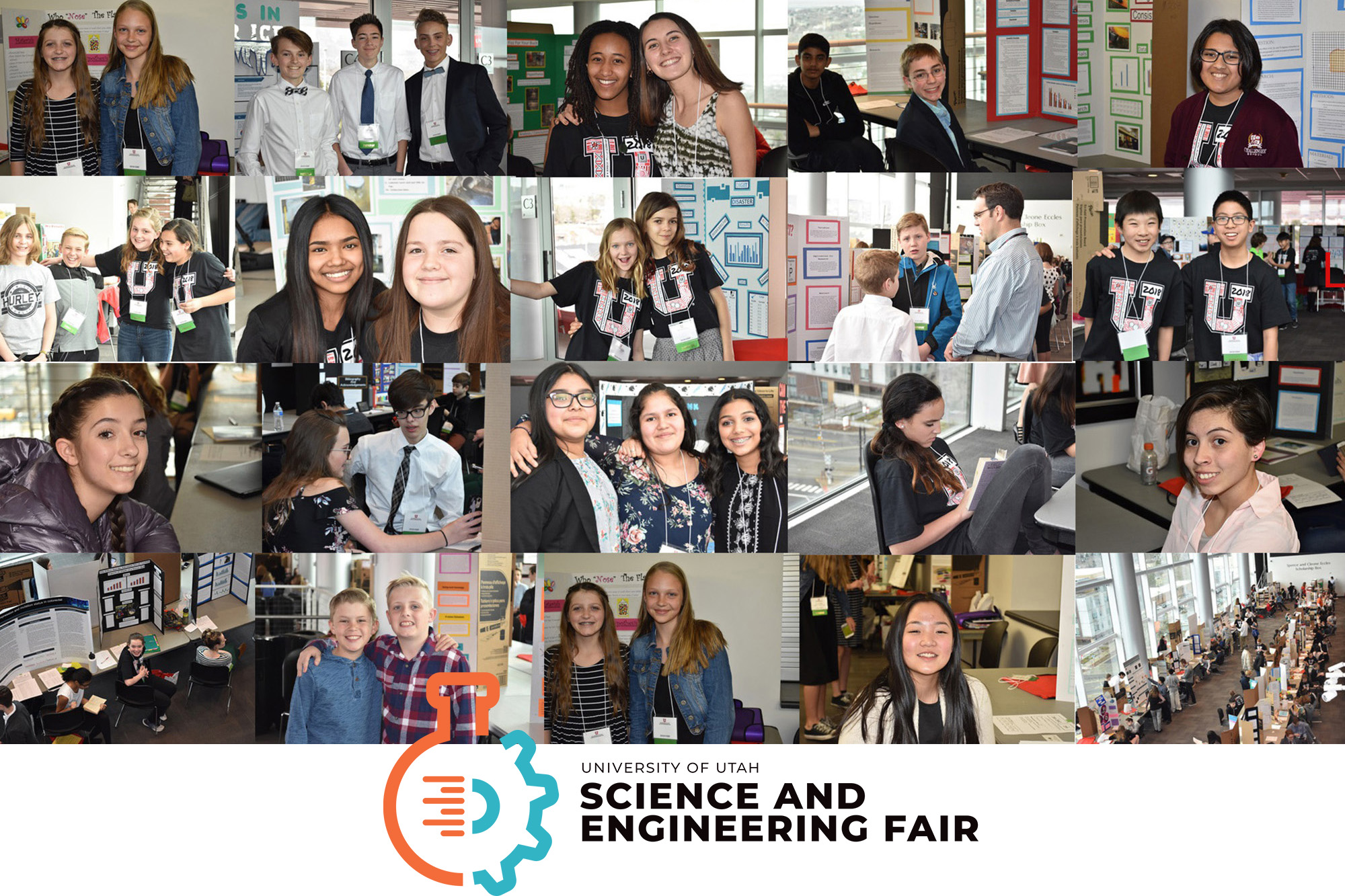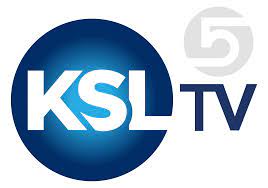
From District Fair to Global Competition
What does it take to earn a spot at an International Science and Engineering Fair?
The documentary series Science Fair, streaming on Disney + and Hulu, has one answer as it takes viewers on a journey with students around the United States and in Zimbabwe as they compete at their local science fairs, in the hopes of earning an opportunity to compete on a global stage at the Regeneron International Science Fair.
In short, you don’t start at the top. Rather, you follow an eligibility 'roadmap', beginning at your local school and district fairs. Students who advance through these fairs are then invited to participate in the University of Utah Science and Engineering Fair (USEF), an important step along the way to national and international competitions.
USEF is an annual science & engineering competition for students in grades 5-12 and is a reboot of the Salt Lake Valley Science and Engineering Fair now permanently hosted by the U’s College of Science. It’s also the first time since the COVID-19 that the fair will be fully in-person.

Judging at the four-day event takes place on March 5, 6, and 7 at the U’s Crocker Science Center located at 1390 President’s Circle in Salt Lake City. The event culminates in an awards ceremony staged this year at Juan Diego Catholic School in Draper on March 8.
Participation in science events such as USEF stimulates students' interest in science and technology while simultaneously promoting the development of communication, decision-making, evaluation of alternative solutions, and critical thinking.
But you probably already know that, and USEF is pleased to showcase the inquisitive nature and scientific discovery of some of the best and brightest young minds from the Canyons, Granite, Murray, Park City, Salt Lake, and Tooele School Districts as well as the Salt Lake Catholic Diocese and all private, home school and charter schools within these boundaries.
“We are thrilled that the 592 students participating this year from eight school districts will be able to see the amazing science labs in the building,” says Jody Oostema, fair manager. “USEF’s numbers are finally getting back up to ‘normal’ after several years bouncing back from COVID,” she adds.
This year UCEF includes 470 projects and 592 students with 217 elementary division projects, 164 junior division projects, and 89 senior division projects. Additionally, there are 373 individual projects and 93 team projects slated to compete. Parents and family members are invited to view all projects 45 minutes before each judging session begins.
The full schedule can be found at https://usef.utah.edu/fair-details
The event “brings together some of the most inquisitive young minds with working scientists and engineers who serve as judges,” says fair director Brenda Mann, “allowing the students to share the results of their hard work and foster discussion between the students and judges.”

She adds, “As a research scientist and engineer [at Marinda Therapeutics], I am thrilled to see high school students from an increased number of schools participating at USEF this year. The high quality of these projects demonstrates the difficult questions or problems to which the students are looking for answers or trying to solve.”
“I can remember competing at this fair as if it was yesterday,” says Julia St. Andre, a former USEF competitor and science communication student at the U. “Among all the nerves and excitement of the day, what stood out to me the most was the incredible community within the fair. Between judging rounds, I spent the time talking and bonding with my fellow competitors, walking around to see each other’s posters. To this day, I remember how impressed I was by the variety of research and creativity I witnessed and the excitement we all felt at getting to share our work and form connections with students from across the state. USEF was a uniquely impactful experience for me, and I am so grateful for it!”
And that is what the Utah Science and Engineering Fair is really all about: looking for answers or trying to solve difficult questions or problems. Sharing one’s science project with other eager students is both challenging and fun. As for that international science fair documented on film, the senior division winners from USEF will be eligible to compete in the Regeneron ISEF.
As the world's largest pre-college science fair, Regeneron ISEF is held each May where more than 1,800 students from over 65 countries gather to display their independent research. USEF is an affiliated fair and will select five projects this year to travel to compete.
Visit the Regeneron ISEF website to learn more.
Read a re-cap of the Science Fair at KSL-TV.
